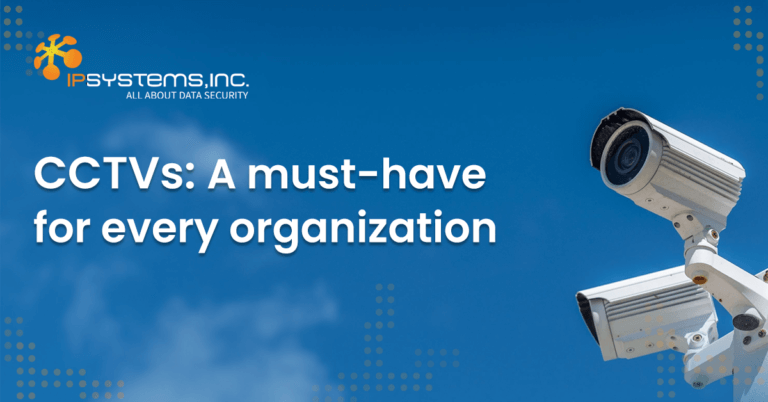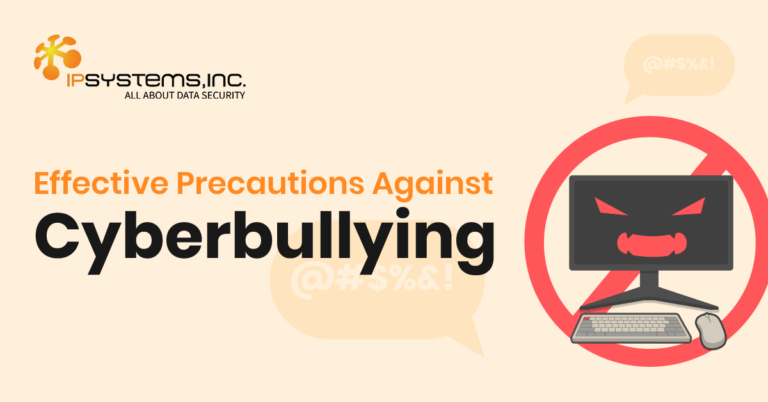
Innovating your Business with Green Data Centers
Blog: Innovating your Business with Green Data Centers Data centers are centralized facilities equipped with essential hardware like servers, storage devices, and networking equipment.

Endpoint Detection and Response (EDR) is a synonym for Endpoint Threat Detection and Response (ETDR). It refers to a multipart endpoint security solution that brings together real-time continuous collection and monitoring of endpoint data with rules-based automated response and analysis.
The term itself is credited to Gartner’s Anton Chuvakin, who in 2013 used it in describing emerging security systems with the capacity to detect and investigate suspicious activities on hosts and endpoints. According to Chuvakin, ETDR tools are “primarily focused on detecting and investigating suspicious activities (and traces of such) other problems on hosts/endpoints.”
In terms of overall security capabilities, there are many similarities between the new Endpoint Detection and Response category of solutions and Advanced Threat Protection (ATP). However, Endpoint Detection and Response relies on extensive automation to assist security teams in rapid identification of threats and response.
Endpoint Detection and Response is still evolving in its ability to handle advanced threats. Therefore, it is a form of Advanced Threat Protection.
The primary role of an Endpoint Detection and Response security system includes the following:
Here’s an outline of how Endpoint Detection and Response works:
Other activities that occur in the central database include extended detection, investigation, reporting, and alerting. There’s software installed on the host system to facilitate event monitoring and reporting.
Analytic tools make continuous monitoring and detection possible. They identify tasks that can strengthen your company’s overall security posture through identification, response, and deflection of internal threats and external attacks.
Endpoint Detection and Response tools handle “response” using advanced analytics to identify patterns and detect anomalies, including rare processes and strange connections. It also identifies patterns of risky activity flagged on the basis of baseline comparison.
Automating the process so anomalies elicit prompts or alerts for immediate action or further investigation is also possible with endpoint detection and response. Many ERD tools make room for manual data analysis or user-led investigations.
Considering the rising tide of the enterprise threat climate, it makes sense that EDR adoption is growing in significant proportions. This trend is set to continue well into the foreseeable future. Sales of EDR solutions, according to Stratistics MRC’s Endpoint Detection and Response – Global Market Outlook (2017-2026), could easily top $7.27 billion by 2026.
The estimate captures both on-premises and cloud-based EDR solutions and an annual growth rate of nearly 26%.
One crucial factor driving the adoption and investment in Endpoint Detection and Response products is growth in the number of endpoints per network. A second major driver is the increasing sophistication of cyberattacks, which focus majorly on endpoints as soft targets when penetrating a network.
When Anton Chuvakin introduced the term, his intention was for “endpoint detection and response” to represent an emerging category of tools. However, the term now includes a description of further security capabilities.
In one scenario, a tool may offer application control, data encryption, device control and encryption, privileged user control, or network access control, layered on top of endpoint detection and response.
Like those offering endpoint response and protection as part of a robust set of security implementations, endpoint detection and response tools are adaptable to various endpoint visibility use cases. According to Anton Chuvakin, there are three broader categories of cases of endpoint visibility. These do not account for the “response” component of EDR. The categories include:
In our role as a cybersecurity partner of businesses in the Philippines, we advise clients never to accept the notion that all endpoint detection and response solutions work in a similar way or offer the same range of capabilities.
The inclination of some tools is to perform more analysis on the agent. Others take a different approach namely, focusing on the backend made convenient by a management console.
Yet, other EDR tools are unique in collection timing and scope or in their ability to interoperate with threat intelligence providers.
That said, all endpoint detection and response tools are unanimous in their fundamental function of providing a way to continuously monitor and analyze for the purpose of quickly identifying, detecting, and keeping advanced threats at bay.
No matter the size of your company, you probably know full well that investing in data security is essential. Endpoint security and response is now critical to your cybersecurity strategy. It is quickly becoming a staple in enterprise security solutions.
An advanced security apparatus should feature endpoint protection. The key features to assess if an EDR solutions provider is a good fit for your organization include:
A viable endpoint solution will contain threats as soon as it detects them and for as long as the attack lasts. Persistent attacks need more robust solutions such as Bitdefender which keeps pace with the evolving attack.
Comprehensive solutions ensure they sort out false positives, triggering alerts for events that have become threats, leading to alert fatigue, and possibly allowing real threats to go unnoticed.
Incident response and threat hunting are helpful in ensuring that data breaches are not successful. Security personnel need endpoint protection support in this regard. Protection From Multiple Threats
Some attacks can overwhelm the endpoint, unless the security solution has adequate capacity to handle multiple threats including malware, ransomware, and suspicious movement of data, simultaneously.
A business that needs advanced threat protection deserves Endpoint Detection and Response systems. Detailed visibility into all data activity is a valuable element of any security strategy.



Blog: Innovating your Business with Green Data Centers Data centers are centralized facilities equipped with essential hardware like servers, storage devices, and networking equipment.

Blog: CCTVs: A must-have for every organization Nearly every business and organization, regardless of size, has already implemented CCTV Services within their premises because

Blog: Combating Bullying in Digital Classrooms: Empowering Students for a Safer Learning Environment Bullying is a pervasive issue that inflicts emotional, psychological, and physical